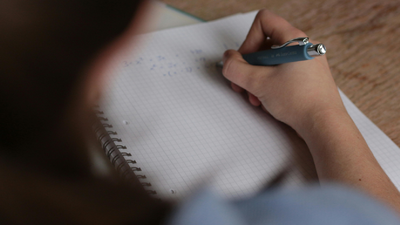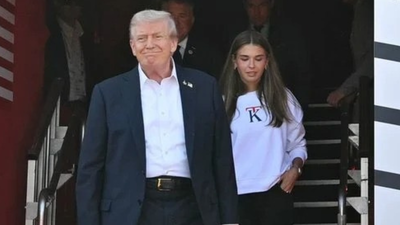As the US government shutdown ends, Linda McMahon is set to resume plans to dismantle the Education Department

After the longest government shutdown in United States history, the Department of Education is set to reopen, but not return to business as usual. Education Secretary Linda McMahon is expected to resume her controversial effort to reduce, and eventually dismantle, the federal agency she leads.The 43-day shutdown forced a pause on McMahon’s restructuring plans, which included significant staff cuts across offices overseeing special education, K-12 policy and civil rights. A federal judge temporarily halted those layoffs, and the reopening agreement in Congress now blocks further terminations until 30 January, when lawmakers are due to finalise the 2026 federal budget.Two senior officials are also expected to finally take office after months of delay. Kimberly Richey will head the Office for Civil Rights, while Kirsten Baesler, former North Dakota education chief, becomes Assistant Secretary for Elementary and Secondary Education. Baesler will oversee state waiver requests and manage priorities such as reducing diversity and equity initiatives and expanding the use of artificial intelligence in education administration.
States seek greater control
The shutdown’s end coincides with new efforts by states to challenge the federal government’s role in school funding. Iowa and Indiana have asked for permission to receive federal education funds as block grants, allowing them to decide how the money is spent.Iowa Governor Kim Reynolds argues that improved state test scores demonstrate that states can manage education more effectively without federal oversight. Supporters say such flexibility could make programmes more efficient, but advocates warn that merging funds could dilute protections for disadvantaged students. They note that the Every Student Succeeds Act already gives states significant latitude in spending decisions.Indiana, meanwhile, is seeking to overhaul how schools are graded, giving weight to non-academic measures such as financial literacy and work ethic. Critics say the proposal is premature, as the state has yet to confirm whether it will continue tracking key outcomes like graduation rates and progress for English learners.
Controversy over special education
McMahon’s broader plan to dismantle the department includes a proposal to transfer oversight of special education to the Department of Health and Human Services (HHS). The move has no congressional authorisation and faces strong opposition from advocacy groups, who say it would weaken accountability and disrupt services.In an October 21 statement, a department spokesperson said officials were “exploring partnerships” with other agencies to support students with disabilities, but insisted no agreement had been finalised. Jacqueline Rodriguez, Chief Executive of the National Centre for Learning Disabilities, warned that the proposal represents “a retreat from responsibility to children with disabilities,” in an interaction with The 74.Families and advocates have already reported confusion after several online resources, including civil rights reports and state monitoring documents, became inaccessible. Others, however, argue that state agencies could respond more quickly to local concerns.
Policy shifts and pending decisions
While the government was closed, a series of policy debates continued to evolve. More than a million public comments were submitted on a proposed rule change to the Individuals with Disabilities Education Act (IDEA). The department wants to remove the requirement for states to report data on racial disparities in special education, arguing that the rule reduces administrative burden.Civil rights groups oppose the change, warning it would obscure inequities in how students with disabilities are identified or disciplined. Data from recent years show that Black students are overrepresented in certain disability categories and face higher rates of suspension and expulsion.Michael Petrilli, president of the conservative Thomas B. Fordham Institute, said that while discipline policies need review, “the answer is not to end data collection,”
Funding priorities and religious guidance
The shutdown also froze access to $500 million in new charter school grants awarded just weeks before the government closure. The disruption has delayed several new schools and expansions, particularly in Alabama, which received $30 million. Critics argue that the push for charter funding continues despite slowing growth and increasing closures in the sector.At the same time, work on updated school prayer guidance was interrupted. The Trump administration had pledged to strengthen protections for “religious freedom” in schools, following the Supreme Court’s Kennedy v. Bremerton decision allowing a coach to pray after games. The 2023 guidance, last revised under the Biden administration, clarified that staff may engage in personal prayer but cannot pressure students to join.
An uncertain reopening
McMahon is expected to resume her “Returning Education to the States” tour, which highlights local innovation in schools and promotes reduced federal involvement. Her department plans to publish toolkits on literacy and school discipline based on lessons from these visits. However, critics question the purpose of developing such resources while simultaneously pursuing the department’s elimination.As federal staff return to their desks, the reopening of the Education Department has reignited a long-standing debate over the government’s role in American schooling. For some, decentralisation represents efficiency and freedom. For others, it risks widening inequality and weakening accountability. Even as the lights return to its offices, its very existence remains in question.






